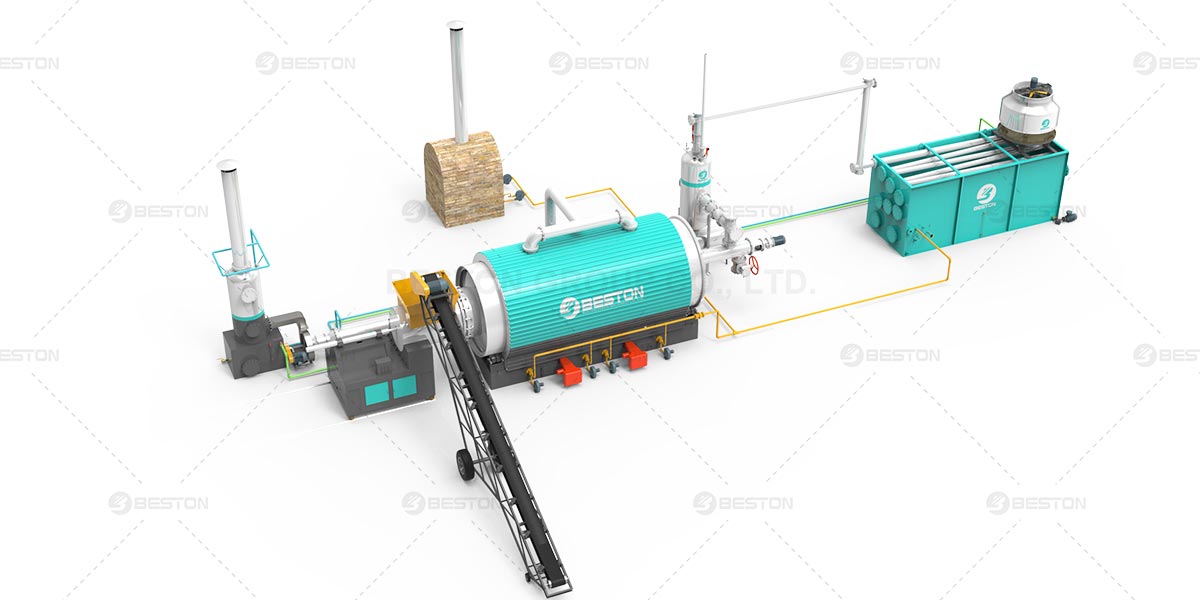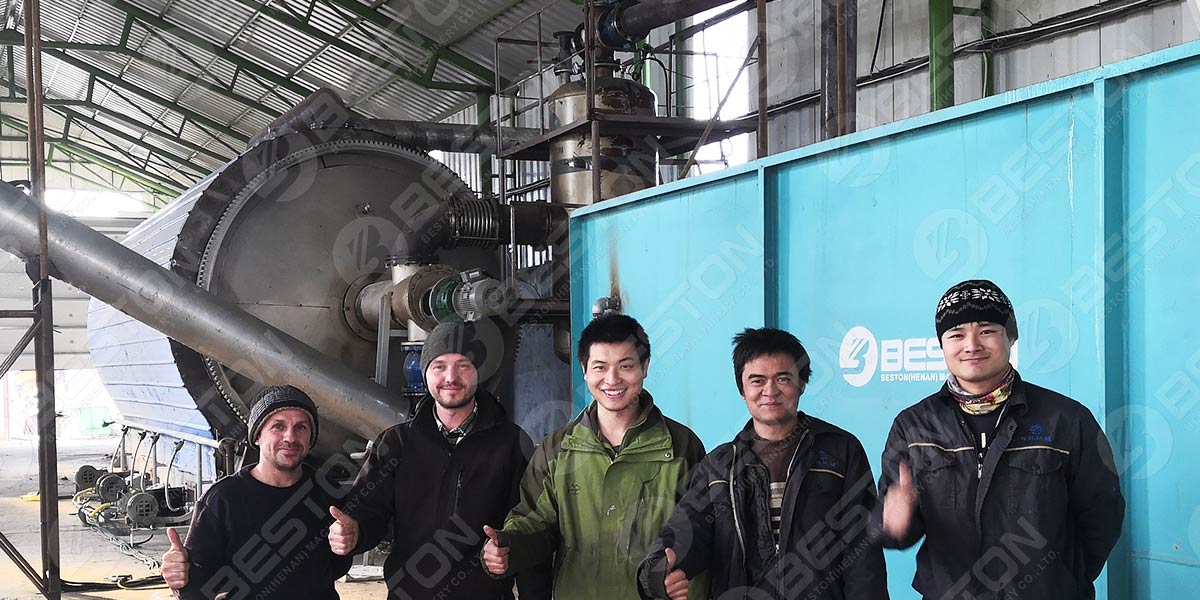Tyre pyrolysis is the thermal decomposition of tyres in an oxygen-free environment. The process breaks down the tyre into different types of molecules, including pyrolysis oil, carbon black and steel wire. Pyrolysis oil can be refined into diesel, gasoline or other fuels, while carbon black is used in many industries for its reinforcing and anti-static properties. Steel wire can be recycled into new tyres or other products.
The tyre pyrolysis plant cost will depend on the size and capacity of the plant, as well as the materials used in construction. It’s important to choose a supplier with experience in building these plants, who can provide you with a detailed quote that includes all associated costs.

Understanding the Process of Tyre Pyrolysis
Tyre pyrolysis is a process of breaking down tyres into their component parts using heat in the absence of oxygen. The process starts with the tyres being shredded into small pieces and then placed in a reactor. Inside the reactor, the tyres are heated to around 400-450 degrees Celsius. This breaking down of the tyres into their component parts is known as pyrolysis. The main gases given off during tyre pyrolysis are methane, carbon monoxide, hydrogen and volatile hydrocarbons. These gases can then be used to generate electricity or fuel for vehicles. The solid residue left over from tyre pyrolysis plant can be used as a fuel or further processed to make new materials such as steel and carbon black.
The Benefits of Tyre Pyrolysis
Pyrolysis is a process of thermal decomposition wherein complex organic materials are broken down into simpler substances. Tyre pyrolysis is a process of converting used tyres into oil, carbon black and steel wire. This process is carried out at high temperatures in the absence of oxygen. The end products of tyre pyrolysis can be used in a number of industries. Here are some of the benefits of tyre pyrolysis:
-Tyre pyrolysis reduces the volume of waste tyres. This is beneficial as it helps to reduce the amount of space that is taken up by waste tyres.
-The end products of waste tyre to oil plant can be used in a number of industries. For example, the oil can be used as fuel, the carbon black can be used in the production of tires and the steel wire can be used in the construction industry.
-Tyre pyrolysis is a sustainable way to deal with waste tyres as it does not produce any harmful emissions.
-The process of tyre pyrolysis is relatively simple and does not require any complex machinery. This makes it a cost-effective solution for recycling waste tyres.

The Cost of A Tyre Pyrolysis Plant
The cost of a tyre pyrolysis plant can vary depending on the size and capacity of the plant. A small plant may cost tens of thousands, while a large plant can set you back even more money. The cost also depends on the type of feedstock used, the type of pyrolysis plant, and the location of the plant. In general, tyre pyrolysis plants are more expensive than other types of waste management facilities. However, they offer a number of benefits, including the ability to recycle waste tyres into valuable products such as fuel oil and carbon black. As a result, tyre pyrolysis plants are becoming increasingly popular in countries around the world.